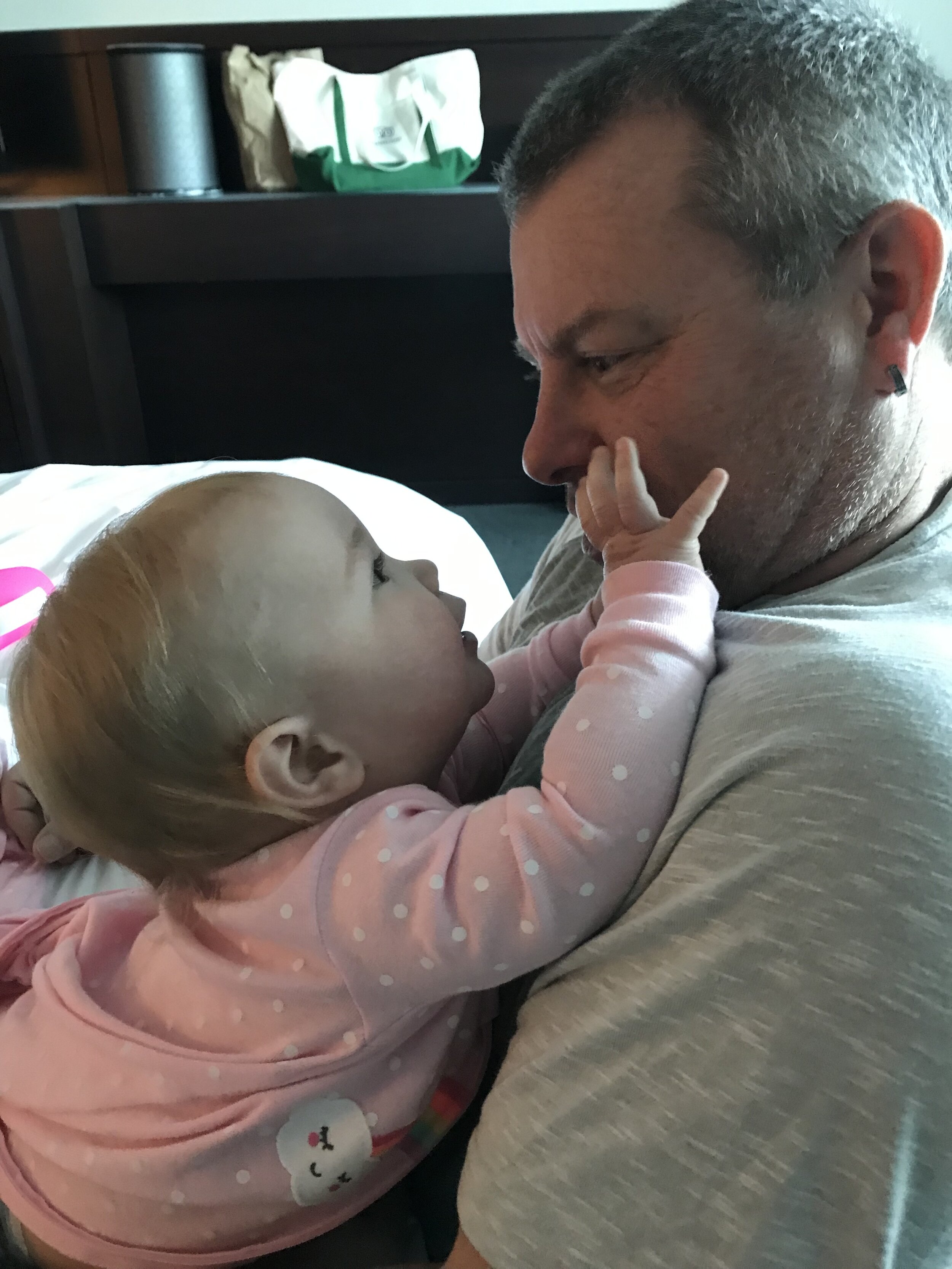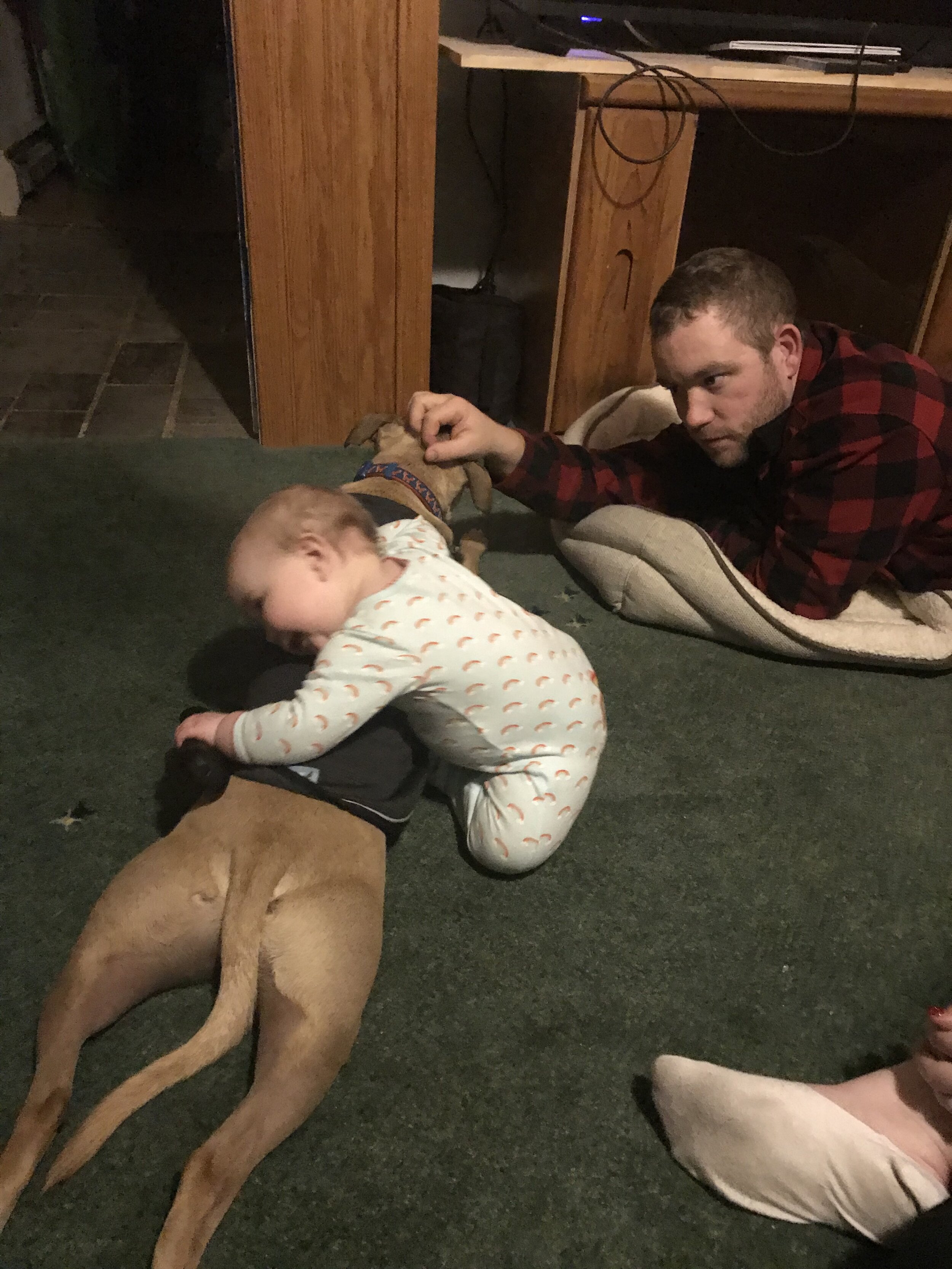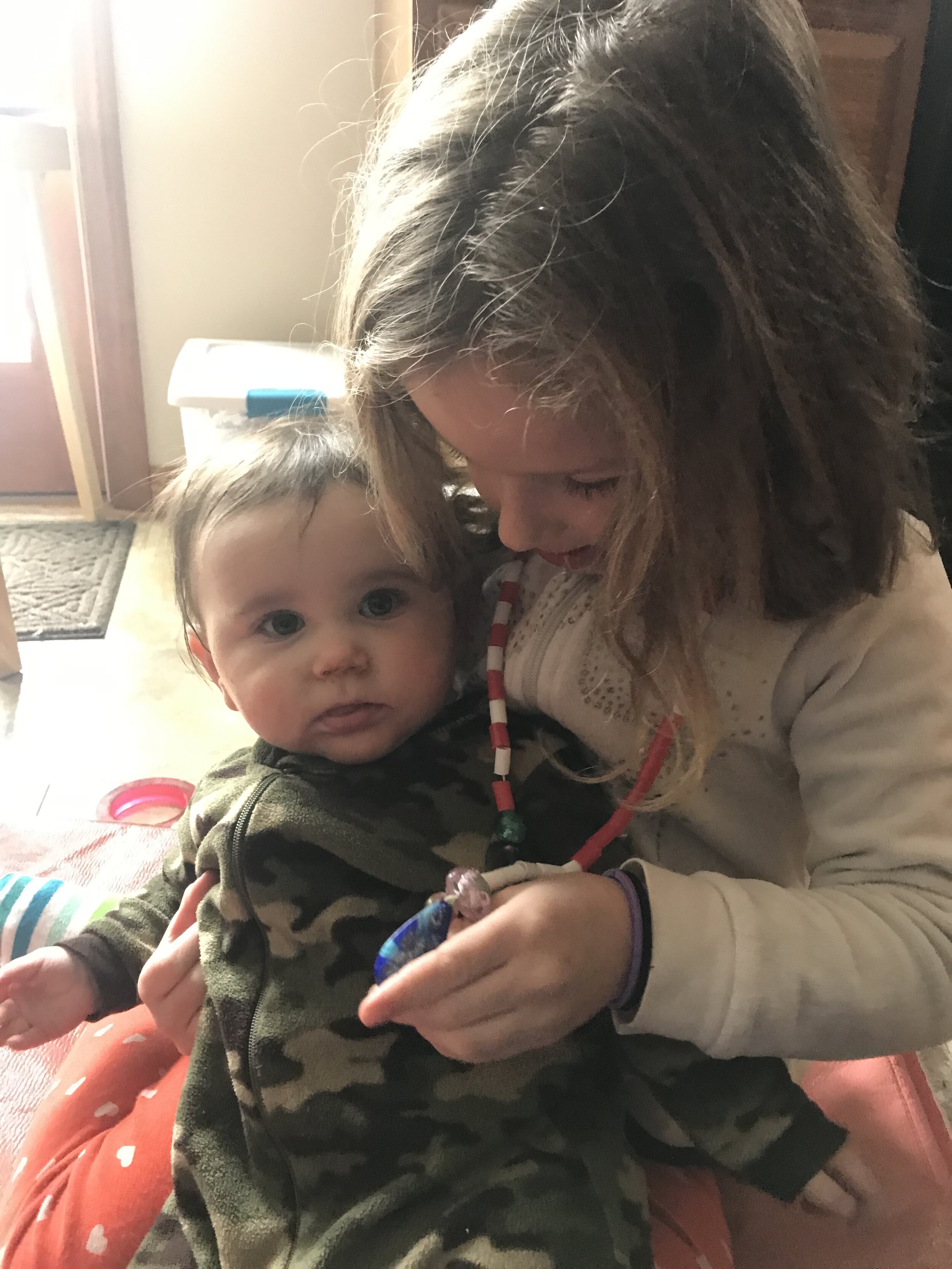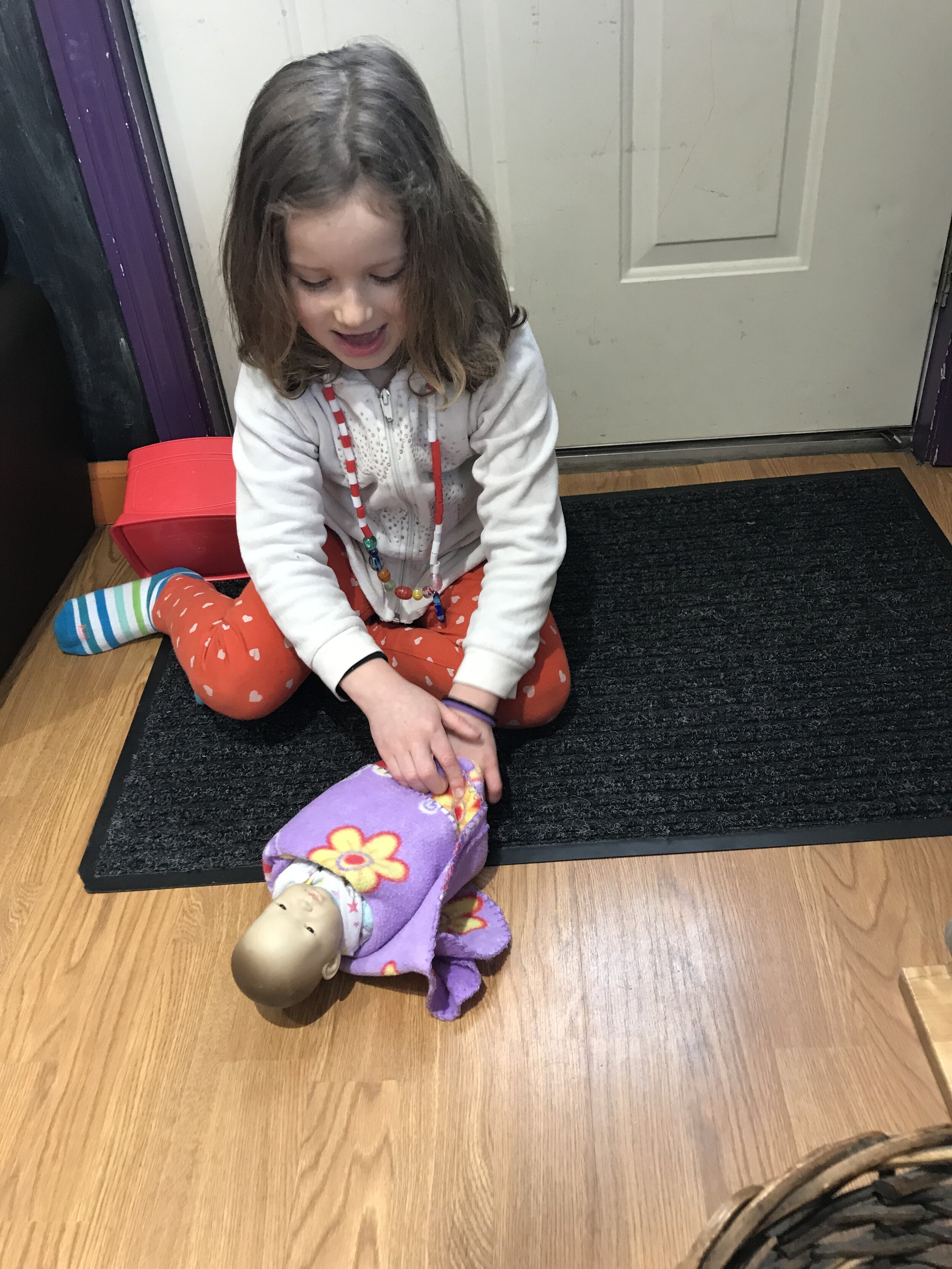Empathy and the Young Child; What’s Love Got to do With It?
Originally posted in The Other Paper, South Burlington, Vermont, January 2017
written by Ellen M. Drolette
Prosocial behavior in young children can be puzzling. Puzzling for those that have studied children’s behaviors as a profession and puzzling for those that have to raise tiny humans to be loving, sympathetic, empathetic, respectful and kind. Empathy is one of those traits that has
always made me curious. Is it nature or nurture? Can empathy be taught? I mean….can a 2 year old really understand
empathy? Why is this fundamental attribute important for children as they grow into contributing members of society?
Empathy is modeled over time by caregivers for children. When a child is hurting or sick; as caregivers, we nurture them and hold them
and say things like “I wish I knew what I could do to make you feel better.” Or “Oh goodness! You skinned your knee. That must have really hurt? What can I do to make you feel better?” Showing children through a variety of ways can help them develop these skills. When a caregiver acknowledges their feelings by naming them, they are helping the child understand what the feelings are called. This allows them to have a label for the moment they need to interact with a friend and use that same language. When they get pushed down and either their ego is bruised or they are hurt. These opportunities are when the adults can interject and use it as a teachable moment. “Ouch, that must have really hurt. I see that you’re sad. Do you want to tell Zach how that made you feel?” The caregiver would then use the opportunity to tell Zach, “Do you see how sad Joanna is? She has tears. Do you want to check in with her and see if she is okay?” Children need to feel validated. Over time with consistent responses, a child will learn that when an accident happens, that they can react in a positive way.
Another popular issue that comes up is around sharing. Children quickly understand injustices when a friend won’t share a toy they want. A
child wants what someone else has. The adult can consistently use the same approach and say, “I see you want that toy, can you ask Joanna for a turn when she is done.” For children, sometimes sharing is about power and control. I have this. You want it. I’m going to keep it. Somewhere along the line though, they end up on both ends having the toy and then wanting a toy someone else has. Consistency
is very important, children must know what is expected of them. Many adults choose to take the coveted item
out of the equation rather than taking the time to get to the core of the issue.
The number one most important way that adults, caregivers and older siblings can help “teach” empathy is by modeling the skills that they
want the child to gain. Seeing a person in need and helping them. Seeing someone hat has fallen off their bicycle, even if you don’t know them and offering assistance; volunteering time to an organization, serving a meal at the soup kitchen on a regular basis. These are
tangible ways to illustrate empathy in action. When a child first arrives in to the world, their bonds, attachments and tending to their needs will be their first “lesson” in empathy. After all, children’s needs must be met before they can empathize with others. Be kind and play on.




